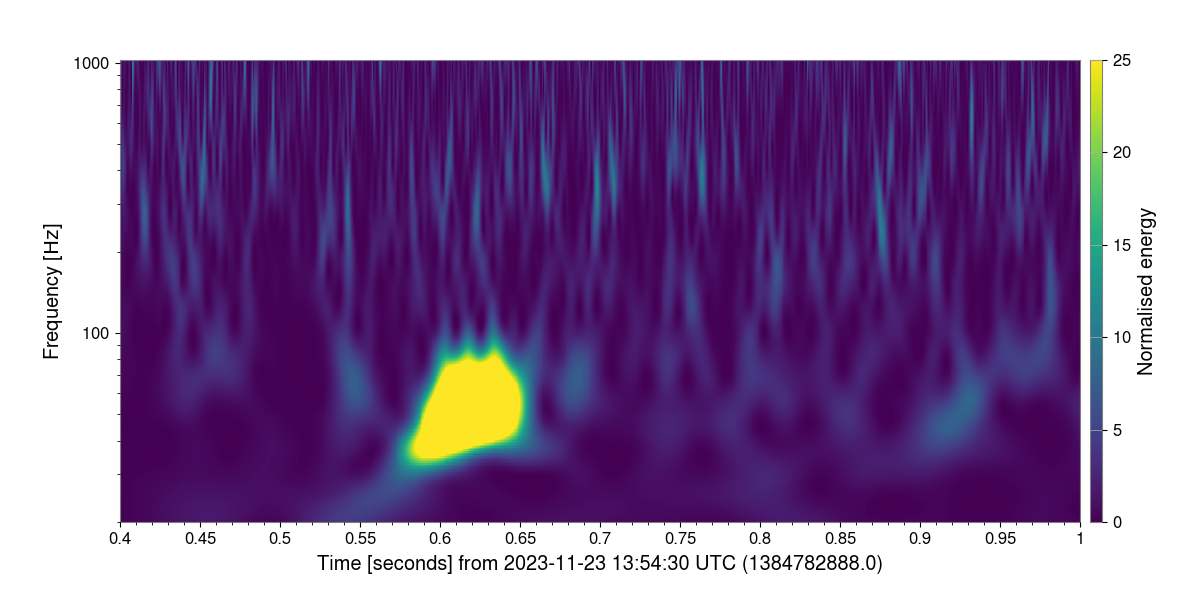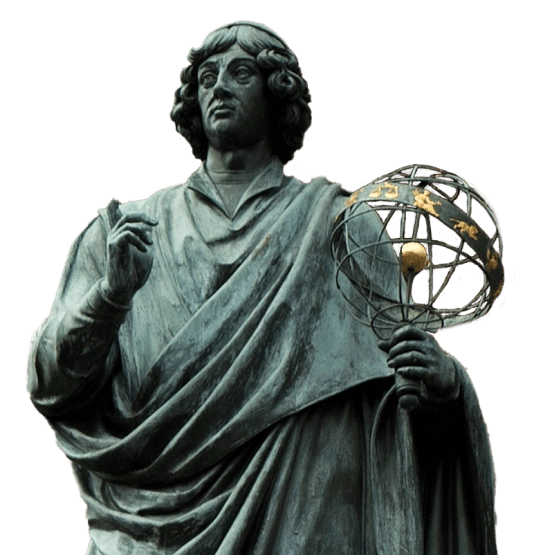The LIGO-Virgo-KAGRA (LVK) consortium—which includes a team from the Jagiellonian University (UJ)—has announced the detection of a merger between two exceptionally massive black holes, the largest ever observed via gravitational waves. This discovery challenges current theories on black hole formation and evolution, as well as the limits of astrophysical models.
The signal, labeled GW231123, was detected on November 23, 2023, by the LIGO detectors in Hanford and Livingston, United States. The event resulted from the merger of two black holes with masses of approximately 100 and 140 times that of the Sun, forming a new black hole with a mass exceeding 240 solar masses. This event occurred during the fourth observing run (O4) of the global gravitational wave detector network.
Gravitational waves—sometimes referred to as “ripples in spacetime”—were first observed in 2015. Since then, scientists have detected similar signals many times, but none have been as extreme as this event in November 2023.
A team from Jagiellonian University has been actively involved in the Virgo project, part of the LVK consortium, for many years. UJ researchers focus, among other areas, on monitoring extremely low-frequency electromagnetic waves that could interfere with measurements made by gravitational-wave detectors.
The observation of GW231123 and the associated scientific publication “GW231123: a Binary Black Hole Merger with Total Mass 190–265 M” marks another milestone in the development of gravitational wave astronomy. The results indicate that research of this kind is not only expanding our knowledge of cosmic cataclysms but also prompting scientists to reconsider fundamental assumptions about the physics of stars and black holes.
The LIGO project is funded by the U.S. National Science Foundation (NSF) and is managed by Caltech and MIT. More than 1,600 scientists from around the world participate in the initiative. Its European counterpart, Virgo, is operated by the European Gravitational Observatory (EGO), bringing together about 1,000 researchers from 175 institutions in 20 countries. The participation of Polish scientists, including the team from the Jagiellonian University, represents a significant contribution to this dynamic field of research.
Further information about the project and the discovery is available at https://www.virgo-gw.eu.






